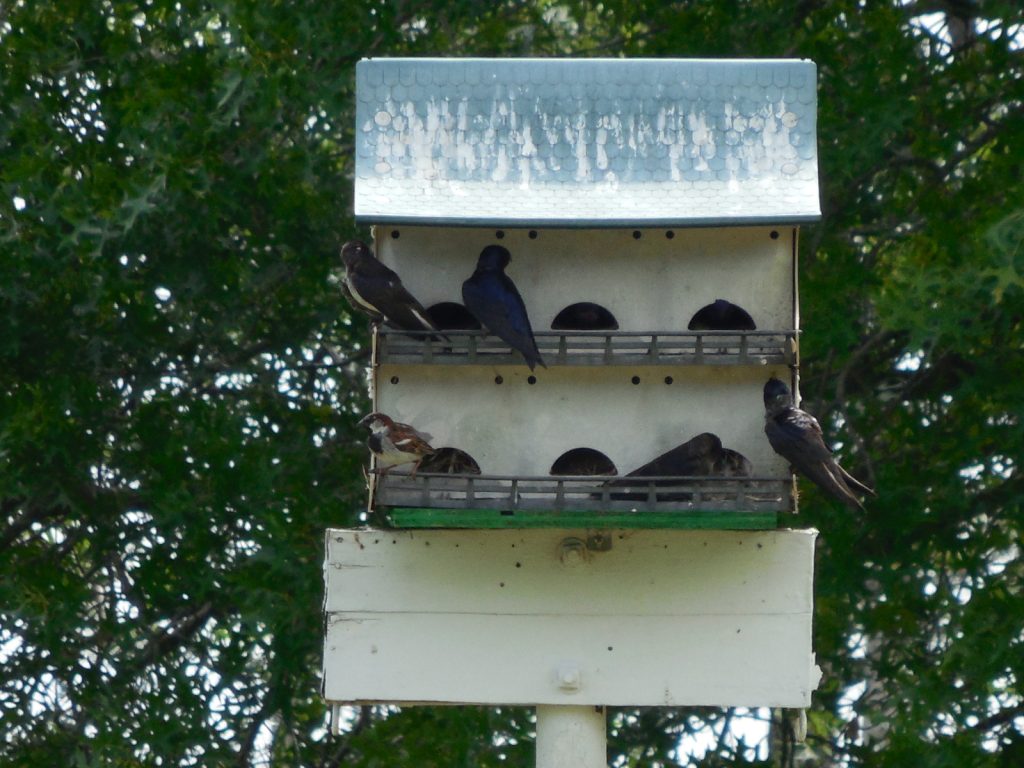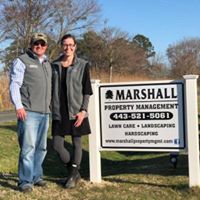Insect Control
Bagworms
If you find that your pines and junipers have bag-like webs of spun silk and tree parts, you probably have bag worms. Bag worms can be particularly damaging to your conifers, and you will likely see needles being removed from your trees and shrubs at an alarming rate. Bagworms can devastate an entire stand in only one season, so it is best to remove them before they actually kill your shrubs. If treated properly, bag worms can be removed from your property. Call or send us a request to get help removing bag worms, fleas, ticks and other destructive insects from your property.
Sod Webworms
Sod Webworms Sod webworms are a major summer lawn pest on the Eastern Shore of Maryland, where their larval caterpillars chew through grass blades, creating irregular brown patches that expand quickly in warm weather. Adult moths are small, tan-colored fliers often seen zigzagging over lawns at dusk, laying eggs that hatch into greenish or brownish larvae up to 3/4 inch long, which live in silk-lined tunnels in the thatch. Damage appears as small, ragged brown spots that merge into larger dead areas, especially in bermudagrass, bentgrass, or fescue lawns under drought stress. Birds pecking at the turf can be a telltale sign of infestation. Effective control involves monitoring for moths in July and August, applying beneficial nematodes or Bacillus thuringiensis (Bt) for organic management, maintaining healthy turf through proper fertilization and watering, and using targeted insecticides if larval counts exceed 10-15 per square foot.
Japanese Beetles
Japanese beetles are one of the most destructive and widespread insect pests affecting lawns, gardens, and landscapes on Maryland's Eastern Shore. These metallic green and copper-colored beetles, about 1/2 inch long, emerge in early summer and feed voraciously on over 300 plant species, including roses, grapes, fruit trees, vegetables, and turfgrass. Adults skeletonize leaves by eating the tissue between veins, leaving a lacy appearance, while their larval stage—white grubs—feeds on grass roots underground, causing brown, patchy dead spots in lawns that can be easily pulled back like carpet. On the Eastern Shore's warm, humid conditions, populations can explode if not managed early. Prevention includes applying grub controls in spring or summer, hand-picking adults into soapy water, using neem oil or insecticidal soaps, and introducing beneficial nematodes to target grubs naturally
Chinch Bugs
Chinch Bugs Chinch bugs are tiny, heat-loving pests that thrive in the sunny, dry conditions common to Eastern Shore Maryland lawns, particularly in tall fescue and other turfgrasses. These small black-and-white insects (adults are about 1/6 inch long) suck sap from grass blades and inject a toxin that causes yellowing patches that quickly turn brown and die, often starting in stressed, sun-exposed areas and spreading rapidly during hot summers. Damage is frequently mistaken for drought stress, but a close inspection reveals the bugs clustered in thatch or at the base of grass plants. High populations can devastate large sections of lawn if unchecked. To manage chinch bugs, maintain proper irrigation and mowing heights to reduce stress, use insecticidal soaps or approved lawn insecticides labeled for chinch bugs when thresholds are exceeded, and encourage natural predators like big-eyed bugs through diverse landscaping.
Spotted Lanternfly
The spotted lanternfly, an invasive planthopper rapidly spreading across Maryland including the Eastern Shore, poses a serious threat to gardens, orchards, vineyards, and ornamental plants by feeding in large groups on sap from trees, shrubs, and vines. These striking insects—adults are about 1 inch long with spotted gray forewings and bright red hindwings—excrete sticky honeydew that promotes sooty mold growth, weakening plants and attracting other pests. Preferred hosts include tree-of-heaven, grapes, stone fruits, hops, and hardwood trees, leading to wilting, dieback, and potential plant death in heavy infestations. Early detection is key: look for egg masses on smooth surfaces in fall and winter. Management includes scraping and destroying egg masses, using sticky bands on tree trunks, applying approved insecticides to nymphs in spring, removing tree-of-heaven hosts, and reporting sightings to the Maryland Department of Agriculture for coordinated control efforts.
Invasive Insect Pests
You may also need help ridding your lawn and garden of pests that have been brought here from other countries. One such pest is the Japanese Beetle. Pests such as this can be seen actively eating the leaves from your trees and shrubs. If you want to rid your property of insects like this, we can help. Trained and certified in applying the necessary pesticides in a safe and environmentally friendly way, Marshall Property Management is fully recognized by the State of Maryland to apply pesticides to your property. If you would like a quote, simply fill out the form below and we will give you a call with an affordable solution.
Get a Quote
For more information or to get a quote on insect spraying and control of problem areas on your property, give us a call or fill out the form below.
Purple Martins
Martins will share these houses with other insect eating birds, like sparrows, and several of these houses placed in your landscape can help decrease the number of bugs at your barbecue!


